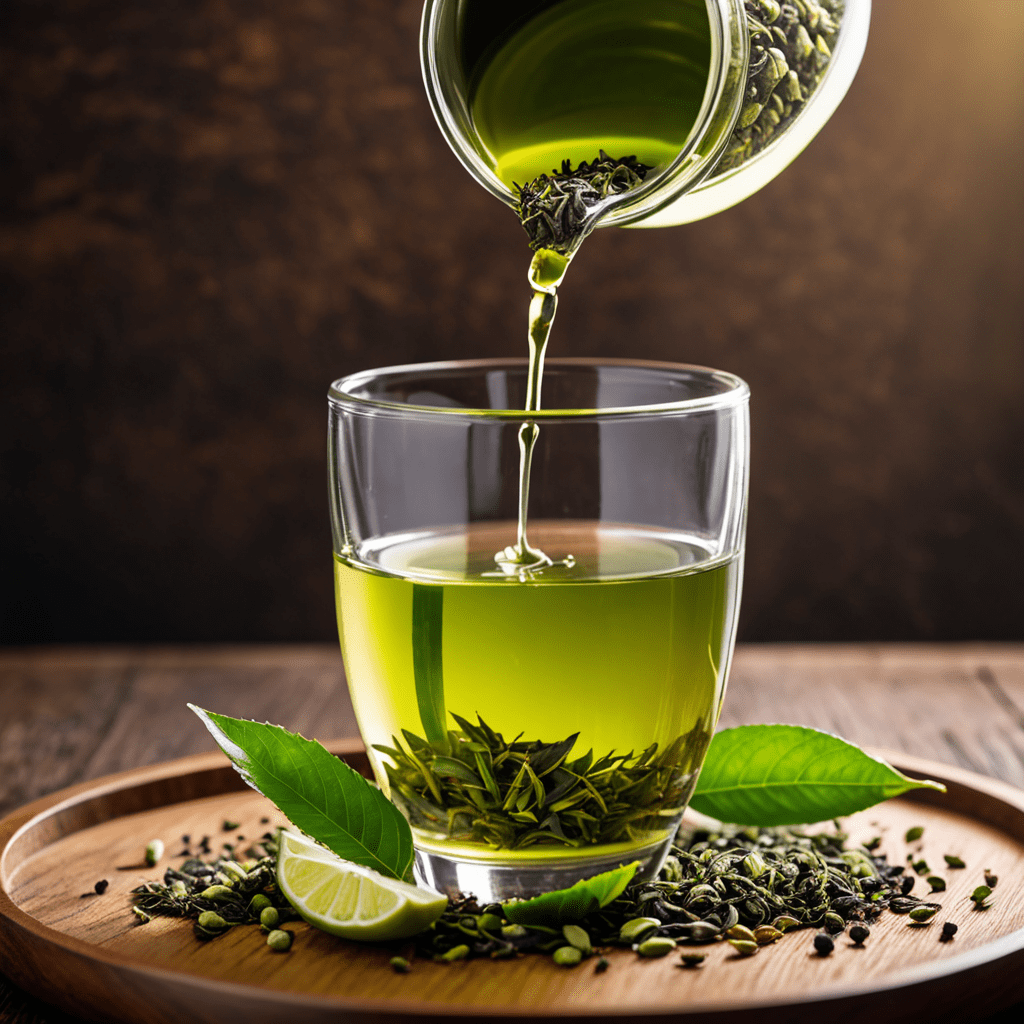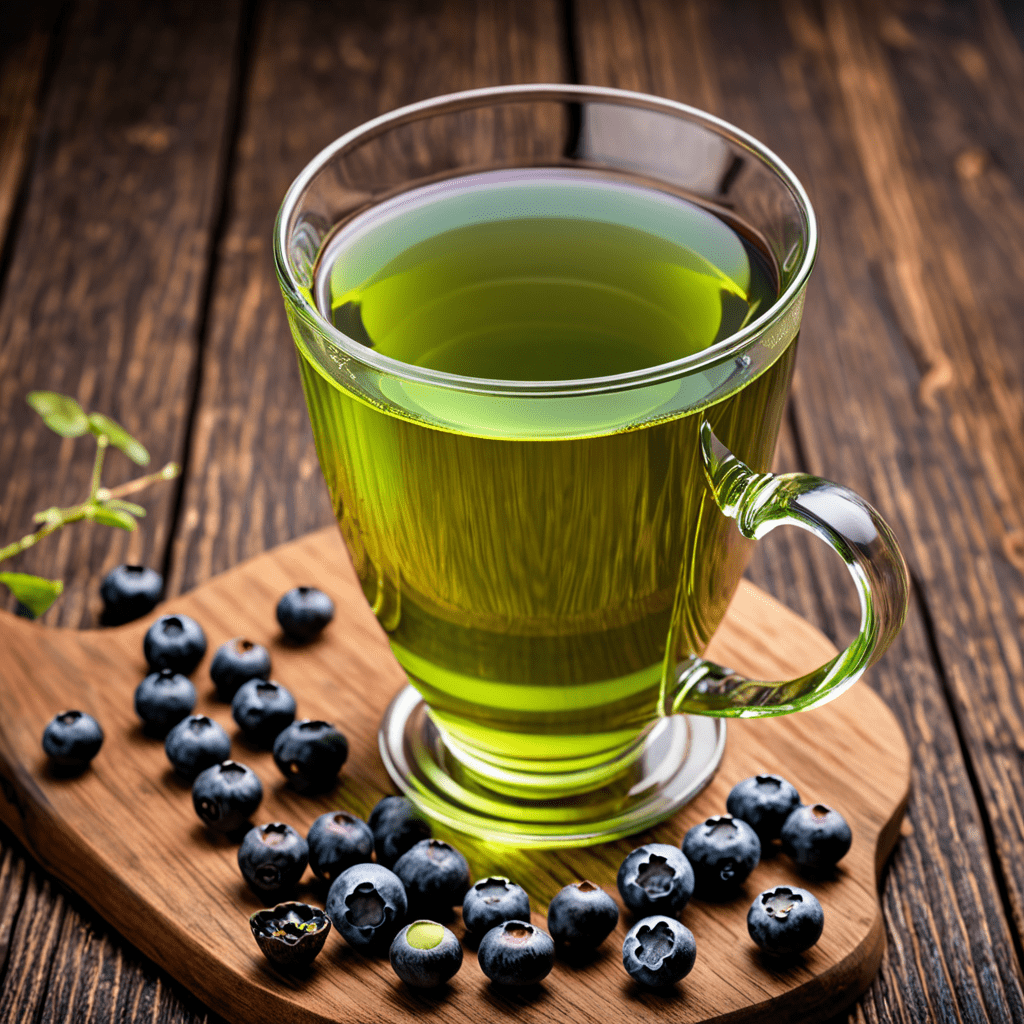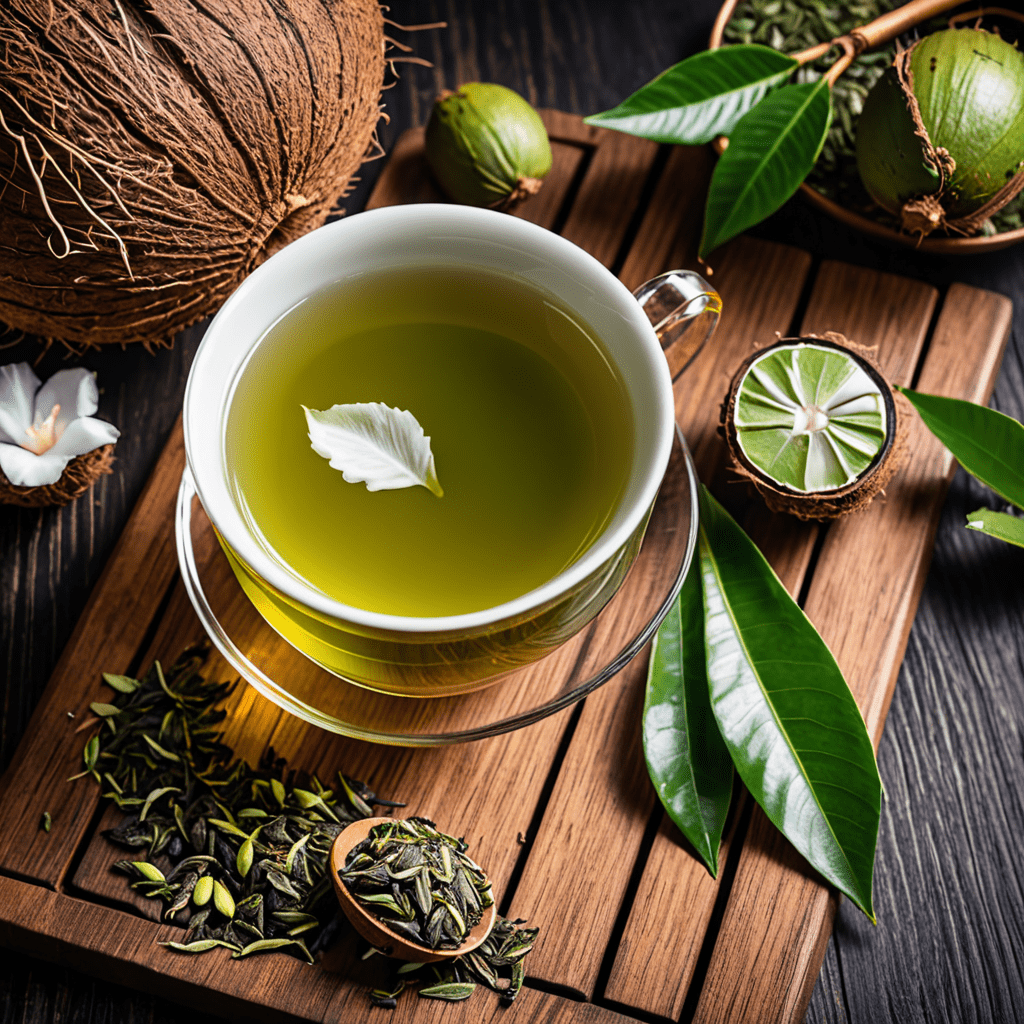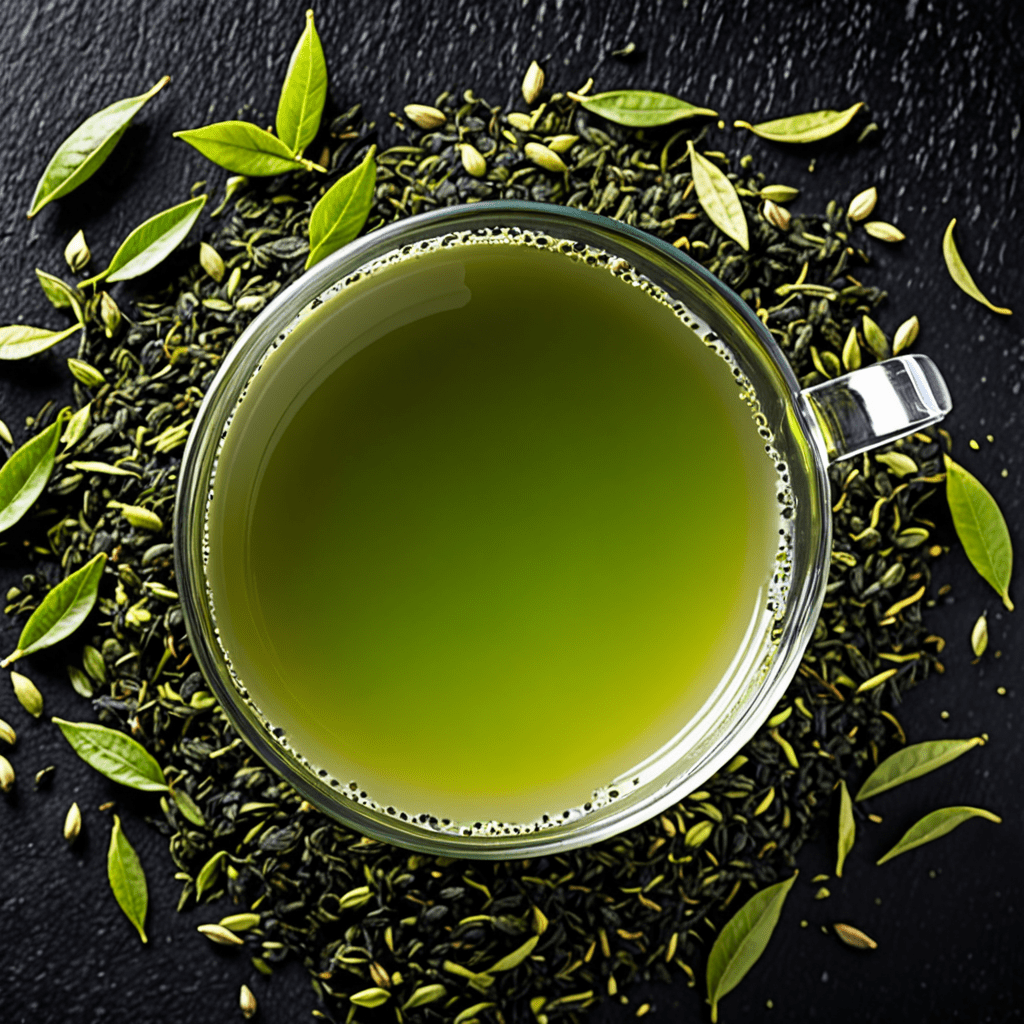
Brewing Tips for a Smooth and Enjoyable Cup of Green Tea
Green tea is not only a healthy beverage but also a beloved one for many tea enthusiasts. However, one common issue that can arise when brewing green tea is the bitterness that can sometimes accompany it. If you find yourself facing this problem, fear not! With a few simple techniques and adjustments, you can enjoy a perfectly brewed cup of green tea without any bitterness. In this article, we will explore some valuable tips and tricks to help you achieve a smooth and enjoyable tea-drinking experience.
1. Select High-Quality Green Tea Leaves
The quality of the green tea leaves you use plays a significant role in determining the taste of your brew. Opt for high-quality loose tea leaves instead of tea bags, as they tend to be fresher and retain more flavor. Look for leaves that are vibrant green in color and have a delicate aroma. Sourcing your tea from reputable suppliers can ensure that you’re starting with the best possible ingredients.
2. Control the Water Temperature
Green tea is delicate, and brewing it with excessively hot water can cause bitterness. To avoid this, it’s crucial to pay attention to the water temperature. Ideally, the water should be heated to around 175°F (80°C) or just before it reaches a rolling boil. Using a thermometer or an electric kettle with temperature control can help you achieve the perfect water temperature every time.
3. Mindful Steeping Time
The length of time you steep your green tea also impacts its taste. Steeping it for too long can result in a bitter flavor. The ideal steeping time for most green teas is between 1 and 3 minutes, depending on the specific type and your personal preference. Start with a shorter steeping time and gradually increase it until you find your desired taste. Remember to remove the tea leaves from the water promptly to prevent over steeping.
4. Adjust the Tea-to-Water Ratio
Finding the right balance between the amount of tea leaves and water is crucial for a non-bitter brew. Using too few tea leaves can result in a weak and flavorless cup, while using too many can make it bitter. As a general guideline, aim for approximately 1 teaspoon of green tea leaves per 8 ounces of water. Adjust this ratio based on your taste preferences and the specific type of green tea you’re brewing.
5. Consider the Water Quality
The quality of the water you use can affect the taste of your green tea. If the water has a high mineral content or impurities, it may introduce unwanted flavors to your brew. Whenever possible, opt for filtered or spring water to ensure you’re starting with clean and fresh-tasting water. Avoid using distilled water, as it can make the tea taste flat.
6. Gradual Approach to Bitterness
If you enjoy gradually exploring the flavors of green tea, you might find a bitterness that accompanies it. Some tea enthusiasts appreciate this complexity and find it adds depth to their tea-drinking experience. If you’re new to green tea and find bitterness overwhelming, try gradually increasing your exposure to it. Begin with milder green teas or teas with fruity or floral notes, slowly working your way towards more robust varieties.
FAQ
Q: Can I add sweeteners to reduce the bitterness of green tea?
A: While it’s common to add sweeteners like honey or sugar to reduce bitterness, it’s best to appreciate the natural taste of green tea without any additives. Experiment with the brewing techniques mentioned above before considering sweeteners.
Q: Can I reuse green tea leaves to avoid bitterness?
A: Reusing green tea leaves can result in a weaker cup of tea with less flavor, but it may also reduce bitterness. However, it’s important to note that the second infusion will taste different from the first, so be prepared for a milder and possibly less flavorful experience.
Q: What are some popular varieties of green tea known for their smooth flavor?
A: Some green tea varieties that are often praised for their smooth and less bitter flavor include Dragon Well (Longjing), Sencha, Gyokuro, and Matcha. Each has its own unique characteristics, so don’t hesitate to explore and find your favorite.
Q: Does the brewing vessel impact the taste of green tea?
A: Yes, the brewing vessel can influence the taste of green tea. Ceramic or glass teapots are commonly recommended as they retain heat well and don’t impart any unwanted flavors. Avoid using metal teapots, as they can react with the tea and affect its taste.
Q: Can I mix green tea with other ingredients to reduce bitterness?
A: Yes, you can experiment with adding ingredients like lemon, mint, or jasmine flowers to reduce bitterness and add new flavor dimensions. This method may alter the taste profile of your green tea, so be open to new taste experiences.
Q: How should I store my green tea leaves to maintain their freshness?
A: To retain the freshness of green tea leaves, store them in an airtight container away from direct sunlight, heat, and moisture. Consider using a resealable tea storage container or individual tea tins to keep them at their best for longer.
By following these tips, you’ll be well on your way to brewing a smooth and enjoyable cup of green tea without any bitterness. Remember, like any skill, tea brewing takes practice, so don’t be discouraged if your first attempts aren’t perfect. Keep exploring, refining your techniques, and savoring the delightful world of green tea.


